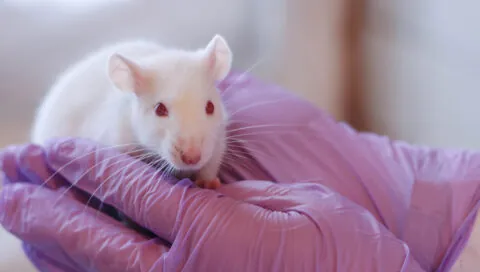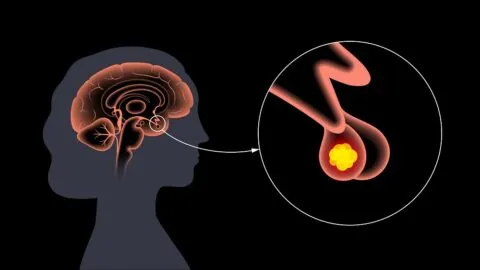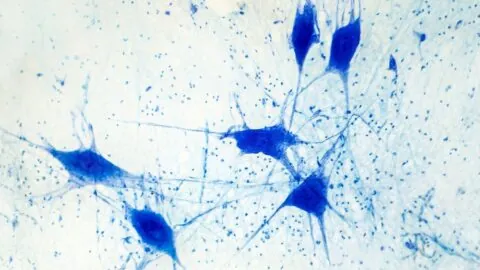January 30, 2025
Researchers have devised a method of reducing brain inflammation by creating a long-lasting inhibitor of the inflammatory factor NF-κB. Targeting inflammaging at its roots This study, published in the Nature journal Experimental & Molecular Medicine, begins with a discussion of age-related chronic inflammation (inflammaging) and its contributions to aging. Specifically, the researchers focus on neuroinflammation,...
October 10, 2024
In Aging Cell, researchers have published their findings that exosomes, which we have previously reported to extend the lives of mice, also extend the lives of rats. Known to be effective Exosomes, a subset of extracellular vesicles (EVs), can be visualized as messages and packages that cells send to one another. Along with lifespan studies,...
September 02, 2024
In Aging, researchers have described how a derivative of caffeic acid inhibits osteoclasts, the cells that break down bone. A modification of a tested compound We have recently published new information on what triggers the imbalance between bone-destroying osteoclasts and bone-building osteoblasts. This is a well-known problem with aging, and researchers around the world have...
July 18, 2024
In Aging Cell, researchers have published their findings into why the inflammatory factor IL-6 inhibits cancerous tumors when generated inside the cell. IL-6 affects both senescence and cancer proliferation Why We Age: Cellular SenescenceAs your body ages, more of your cells become senescent. Senescent cells do not divide or support the tissues of which they...
February 22, 2024
A recent preprint paper from researchers at Sachi Bio has described how this company's technology can be used to alleviate brain inflammation in a mouse model. The problem of tau Along with the infamous amyloid beta, tau is well-known as a pathological factor in both Alzheimer's and regular aging [1]. The accumulation of tau with...
September 25, 2023
An article in GeroScience describes a previously unexplored relationship between FABP7, an inflammatory molecule that binds to fatty acids, and Alzheimer's disease. Not just a transporter Originally, as the authors explain, fatty acid binding proteins (FABPs) were considered to be simple biological chaperones that did not perform biological functions. Further research found that they play...








